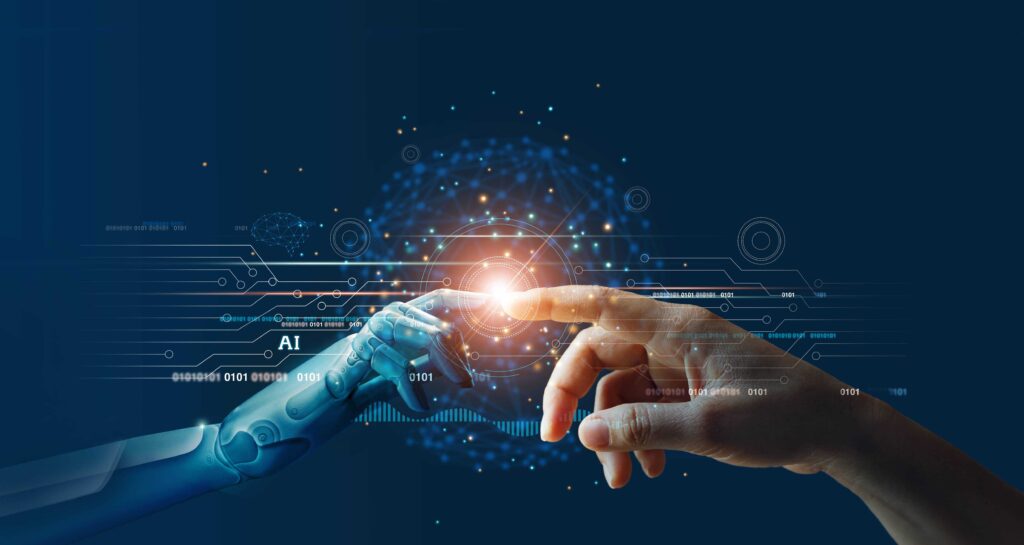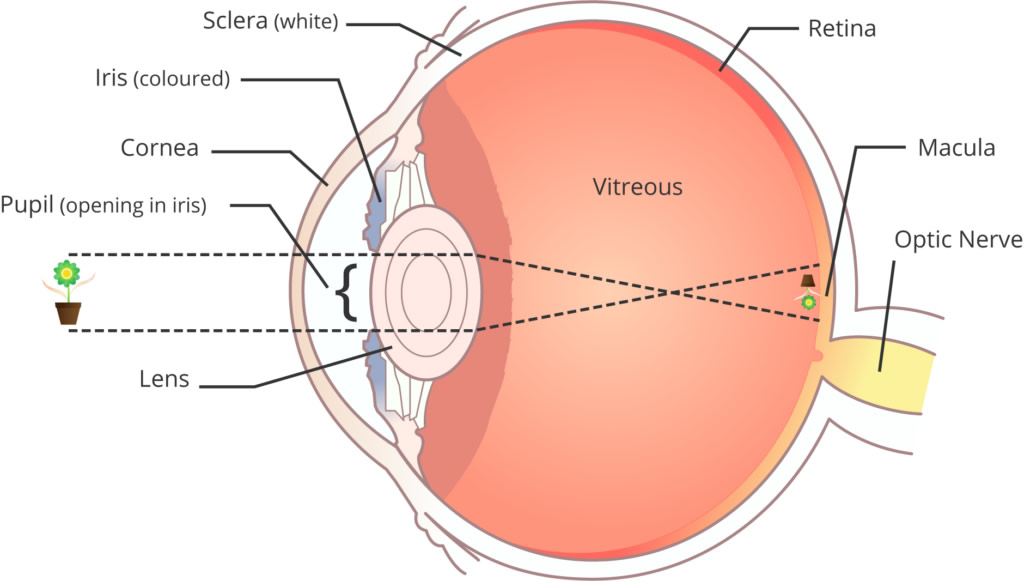
Abstract
Artificial Intelligence or better known as AI, in simple words can be referred to as developing a robot or a computer system which can perform tasks which would require human intelligence. The most famous AI based technologies are recognition of speech, decision-making, translation between different languages. Human retina is a crucial part of human body which makes sight possible and there are numerous diseases associated with it like Diabetic retinopathy, Glaucoma. Such diseases can make the person blind and thus it essential to identify whether these diseases exist before a person loses sight. These diseases if are figured out early stages, the chances to cure them are high but at later stages they are almost impossible to cure. Using Deep Learning which is a part of AI, a system can be developed which can make scanning of retina much easier than before and might check the disease in an efficient and limited time.
Introduction
Artificial Intelligence has made daily-life routines so much easier which were never thought possible ages ago. With using own speech devices can be unlocked, people can enjoy movies on streaming services at home, devices unlocking with fingerprint and Iris scanning. Artificial Intelligence is a broad topic but, in this blog, the focus would be on how Deep Learning can be used to scan retina of Human Eye to detect numerous diseases.

To check what advents AI technology can go in the future, Ex Machina named movie can be seen. Now in order understand what Deep Learning is another term Neural Network needs to be addressed. Neural Network can be defined as a series of algorithms which tries to identify the relationship in a set of data through a process which replicates human behavior. Now, deep learning structures these algorithms in a fashion so that machine can make its own decisions in an intelligent manner which would be similar to what human brain would do. This procedure is implemented into the retina using image classification of human eye but before that, how human retina works is explored in next section.
Working of Human Retina
At the back of the eye, there is a thin layer of tissue referred to as Retina. When humans see an object, the light passes through the lens and is then focused on to the retina which converts it into neural signals and then send it to the brain using optic nerve. The image below illustrates different parts of human eye and how image is focused on to the retina.

When the image is focused on to the retina, it is inverted but when optic nerve sends it to the brain, it is received as upside-down. Diseases like Glaucoma, Diabetic Retinopathy, Age macular Degeneration can causes damage to the retina and leading to blindness.
Image Classification using Deep Learning
In order to classify images first datasets of human eye needs to be collected through several approvals. The datasets would be of human eye without any diseases, datasets with particular diseases like Glaucoma, Diabetic Retinopathy, Age macular degeneration etc. After datasets has been collected then using Deep Learning an application can be built which would process these images. In order to develop an application which can classify images using Deep Learning would require usage of Python language and various Tensorflow libraries. But to create a shortcut system which can portray how an actual system would work, Google’s Image Classification using Tensorflow can be used. In order to take image a retina scanner is required which is used by ophthalmologists. Now according to what different datasets are used the problems can be distinguished into say ‘no symptoms’, ‘diabetic retinopathy’ etc. The image classification would provide results in percentage. The results would look like the image below:

The image above depicts that the human eye checked has around 86% chances of no symptoms and 13% of Diabetic Retinopathy and for Glaucoma are less than 1%. In order to process with these programs, the devices should be up-to-date and if your device is not then feel free to visit Xtechbuy to upgrade your device or for general support for business computers; visit Benchmark IT Services
Transitioning into the Future
A general test for eye would require visiting to the ophthalmologist which would never be eliminated because the doctors knows the best. But an application and device which can give quick results would be a great aid to the doctors in order to identify what problems a patient is facing and would be narrow down to the real problem. Apart from that, there are numerous mobile devices with iris scanner and retina scanners are totally different from iris scanners. There is a device called D-Eye which mounts on I-phone but according to their reviews on Facebook page, it seems like a scam. But if in the future, retina scanners can be integrated into mobile devices in a legal and proper fashion then quick results of these diseases can be obtained. Also, these diseases if are figured out earlier stages then they are easier to manage but at later stages, it is hard to cure them.
Conclusion
Artificial Intelligence has spread its roots in various fields and its technologies are used by most of the people at daily basis. Speech recognition, decision making is some of the examples which are widely used. AI being a broader topic, Deep Learning is an emerging technology which is making things possible which were never thought once would be possible to do. Retina of human eye is an important part of human body in order to see objects but diseases surrounding it are numerous. Most of these diseases if figured out at later stages are very hard to cure and can result in major problems. A device which makes use of Deep Learning which can give results about what disease might be present in the retina of human eye would be very beneficial to the doctors so that they can move in a particular direction to cure the disease. Also, if in future if retina scanners for mobile devices then patients can get quick results and then proceed towards doctor.

